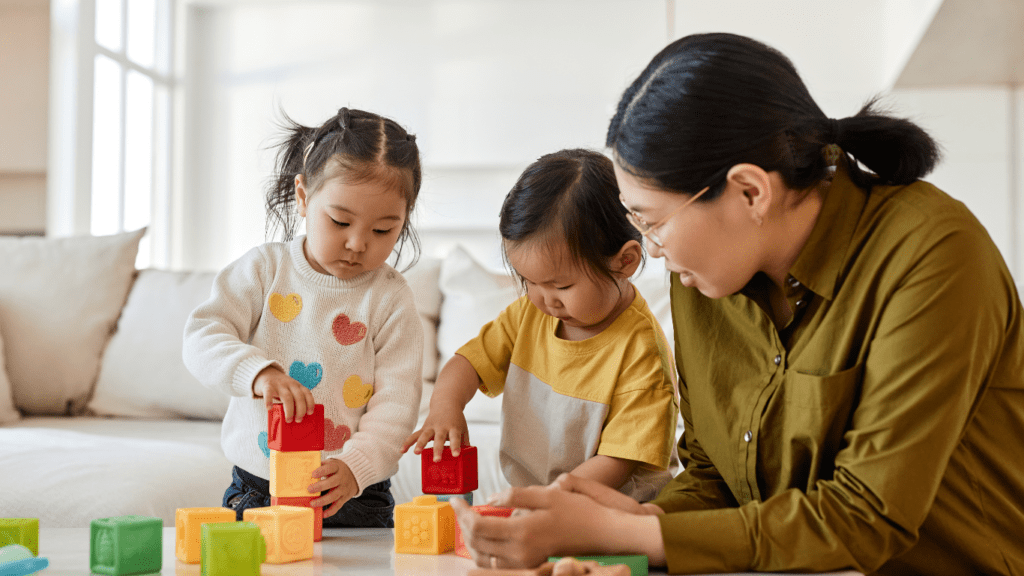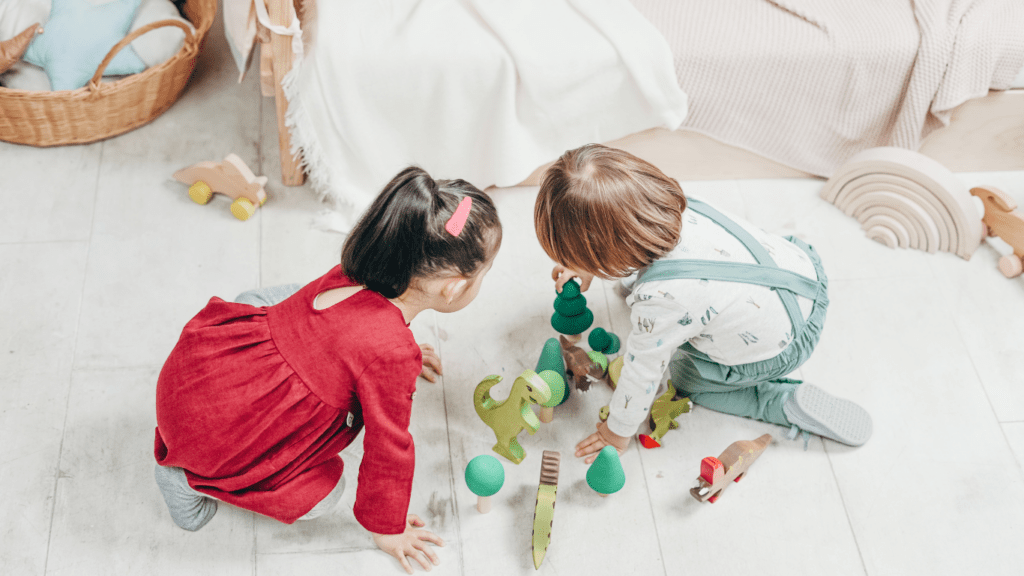As a parent, balancing work and family life can often feel like juggling flaming swords. We all want to be productive while ensuring our kids are happy and engaged. I’ve found that with a bit of creativity and planning, it’s possible to keep the little ones entertained while you tackle your to-do list.
Understanding the Challenge
Balancing work and family life involves more than just multitasking; it demands strategic planning. Managing tasks while keeping kids engaged requires creativity and foresight. Parents strive for productivity, knowing that a single distraction can derail progress. Children’s needs are diverse, ranging from physical activity to mental stimulation, making the challenge complex.
Kids thrive on attention and stimulation. If engaged, they’re less likely to seek disruptive attention. Each child’s preferences and energy levels differ, so one-size-fits-all solutions don’t work. Adapting strategies to fit individual needs ensures better outcomes. For example, some kids enjoy creative activities like drawing or building, while others prefer physical play like jumping or running.
Time management plays a crucial role. Allocating specific periods for work and play creates a balance that’s beneficial for both parents and children. Clear boundaries help kids understand expectations and create a routine that promotes independent play. This independence allows parents to focus on essential tasks without constant interruptions.
In understanding this challenge, it’s vital to recognize the unique demands of each family. Solutions that work for one household might not be effective for another. Tailoring approaches based on children’s personalities and needs is essential.
Indoor Activities
Keeping kids entertained indoors takes thoughtful planning and creativity. Below are some specific ways to engage them while you get things done.
Craft Ideas
Crafts are excellent for creativity and fine motor skills. Set up a craft station with supplies like colored paper, markers, and glue. Encourage projects like making greeting cards, decorating bookmarks, or creating paper animals. Using materials such as recycled cardboard adds an educational twist on sustainability.
Educational Games
Educational games combine fun with learning. Puzzles, board games, and interactive apps can teach math, language, and problem-solving skills. Games like “Scrabble” and “Math Bingo” provide entertainment and educational value. Rotate these games to keep them interesting and challenging.
Screen Time Management
Not all screen time is detrimental. Choose high-quality educational content and set time limits. Programs like “PBS Kids” or apps like “Khan Academy Kids” can be beneficial. Create a schedule that includes screen breaks to avoid excessive screen time. Set clear rules to ensure a balanced routine that integrates educational benefits without relying heavily on screens.
Outdoor Activities
Children thrive outdoors, engaging in physical activities and connecting with nature. These activities can keep them entertained while you handle tasks.
Backyard Games
Simple games in the backyard can captivate children for hours. Organizing a scavenger hunt, setting up an obstacle course, or playing classic games like tag and hide-and-seek can fuel their creativity. Using minimal equipment, such as cones or ropes, can enhance an obstacle course. Scavenger hunts can include finding specific items like leaves, flowers, or toys. Games like tag and hide-and-seek promote physical activity and teamwork.
Nature Exploration
Exploring nature enriches children’s learning and curiosity. Encourage them to observe insects, collect rocks, and identify plants. Providing a magnifying glass and notebook can make these activities more engaging. Nature walks in nearby parks can also be educational. Have kids document their findings, like different bird species or types of trees. These explorations foster a deeper appreciation for the environment while developing observation skills.
Independent Play Options

Parents can find ways to keep kids entertained without direct supervision. Independent play options encourage creativity and self-sufficiency.
Age-Appropriate Toys
Providing toys that match your child’s developmental stage boosts engagement. Toddlers enjoy simple toys like stacking rings or soft blocks. Preschoolers thrive with imaginative toys like action figures or play kitchens. Older kids benefit from more complex toys, such as science kits or remote-controlled cars. Always ensure toys are safe and age-appropriate by checking labels and guidelines.
Building Blocks and Puzzles
Building blocks and puzzles are excellent for fostering independent play. Blocks like LEGO sets offer endless possibilities for construction and creativity. They help develop spatial awareness and problem-solving skills. Puzzles, ranging from simple wooden ones for toddlers to 1,000-piece jigsaws for older kids, provide mental stimulation and focus. Choose based on your child’s interest and challenge level to keep them engaged.
Involving Kids in Household Chores
Involving kids in household chores can make them feel responsible and provide a productive way to spend their time. By turning chores into engaging activities, parents can keep their children entertained while getting things done.
Making Chores Fun
Making chores fun requires a creative approach. Transform tasks into games to capture their interest.
- Chore Charts: Use colorful charts with stickers to track completed tasks.
- Timed Challenges: Set a timer to see who can finish their chores the fastest.
- Music and Movement: Play upbeat music to make tidying up energizing.
- Reward Systems: Offer small rewards like extra playtime for completed chores.
Age-Specific Tasks
Assigning age-appropriate tasks ensures that children are both capable and challenged.
- Toddlers (2-3 years): Simple tasks like putting toys away or wiping surfaces.
- Preschoolers (4-5 years): Slightly more complex chores like setting the table or watering plants.
- School-Age Kids (6-10 years): Independent tasks like folding laundry or helping with meal prep.
- Tweens and Teens (11+ years): Responsibilities like vacuuming, doing dishes, or managing their own laundry.
By tailoring tasks to their capabilities, children stay engaged and feel a sense of accomplishment while contributing to household responsibilities.
Creating a Structured Schedule
Creating a structured schedule helps manage tasks effectively while keeping kids engaged. A well-planned routine can provide clarity and a sense of security.
Daily Routines
Implementing daily routines establishes a consistent pattern for both parents and kids. Incorporate fixed times for meals, naps, and play. For instance, breakfast at 8 AM, playtime at 9 AM, and nap at 1 PM. By following a predictable schedule, children know what to expect, which reduces anxiety and promotes cooperation. Organize morning and evening routines to include hygiene tasks and calming activities like reading, creating a balance between active and relaxing periods.
Balancing Free Play and Structured Activities
Maintaining a balance between free play and structured activities keeps children entertained and promotes development. Allocate time for unstructured free play where children can explore their creativity. Examples include building with blocks or drawing. Integrate structured activities such as educational games, craft projects, or physical exercises to provide guided engagement and skill-building. A balanced schedule ensures that children receive a variety of stimuli, fostering both independence and learning.




